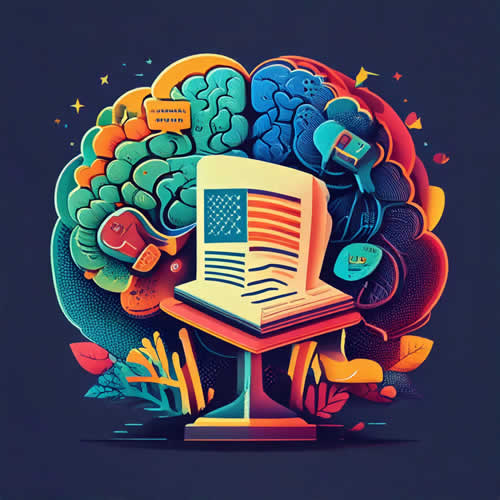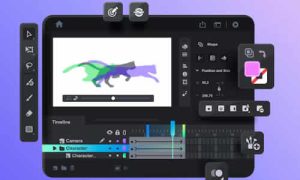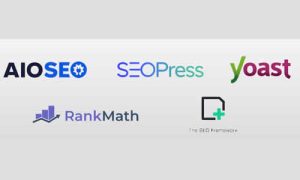ChatGPT, based on OpenAI’s advanced GPT-3.5 architecture, is a large-scale language model that marks a milestone in artificial intelligence. Its ability to understand and generate natural human language, along with a vast dataset, makes it a powerful and versatile tool.
Capabilities and Applications
Understanding and Language Production
ChatGPT was developed to understand and generate natural language, enabling smooth and natural communication with users.
Continuous Learning and Updates
The model is continuously updated with new data, improving its ability to provide accurate and contextually relevant responses.
Versatility in Various Applications
Its use spans multiple areas, from virtual assistants in smart homes to customer support on e-commerce platforms.
Flexibility and Adaptation
It can be customized to meet the specific needs of different users and businesses.
Multilingualism and Integration
Understanding Multiple Languages
ChatGPT can process and respond in multiple languages, making it an ideal tool for global communication.
Integration with Other Technologies
It is easily integrable with APIs and custom chatbot systems, expanding its functionality.
Contextual Understanding and Scalability
Detection of Linguistic Nuances
Able to understand sarcasm, irony, and other subtleties, providing more accurate responses.
Scalability
It can be scaled to handle large volumes of simultaneous requests while maintaining efficiency.
Security and Reliability
Data Protection
Designed with a strong focus on user security and privacy.
Reliability
Provides a stable and consistent service, essential for business operations.
Conclusion
OpenAI’s ChatGPT is a highly effective virtual assistant solution, offering continuous learning capabilities, versatility in multiple languages, and integration with other technologies. Whether for personal or corporate use, it promises to transform virtual interaction with its innovative and adaptable approach.














